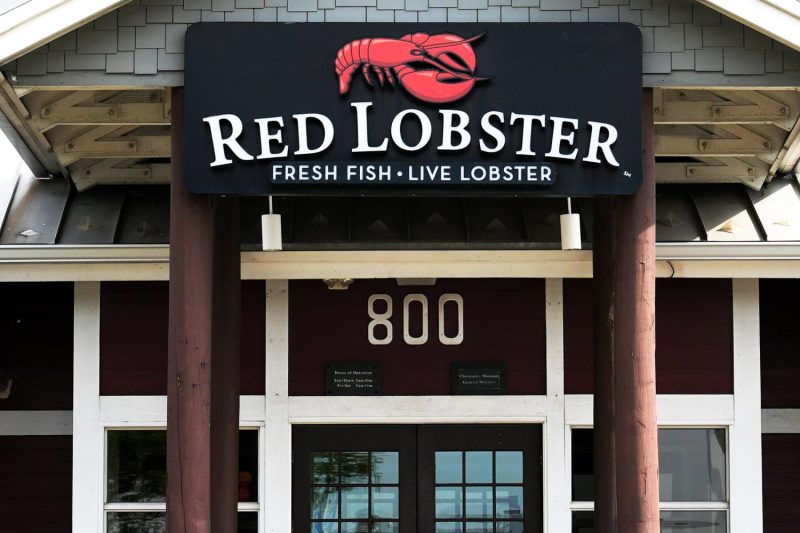Red Lobster has long been known as a seafood dining destination beloved by many across the United States. However, the chain faced a significant challenge that was not entirely about the Endless Shrimp promotion that customers enjoy so much. Private equity’s involvement played a crucial role in reshaping the fate of this iconic seafood chain.
Private equity firms are known for their modus operandi of acquiring companies, making operational improvements, and ultimately aiming to sell the companies for a profit. In 2014, Red Lobster became a target of Darden Restaurants, Inc. – the company that owned Red Lobster at the time. Facing pressure from activist investors, Darden decided to sell off Red Lobster in a deal with a private equity firm, Golden Gate Capital.
Under the ownership of Golden Gate Capital, Red Lobster underwent significant changes that reshaped its strategic direction. One notable change was the focus on cost-cutting measures, which included reducing portion sizes and moving away from some of the more expensive menu items. While these initiatives aimed to streamline operations and increase profitability, they also risked alienating loyal customers who valued Red Lobster for its generous portions and classic menu offerings.
Additionally, the private equity ownership of Red Lobster led to a substantial increase in the chain’s debt load. This burdensome level of debt limited Red Lobster’s ability to invest in crucial areas such as restaurant renovations, menu innovation, and marketing campaigns that could have helped drive customer engagement and loyalty.
Amidst these challenges, the rise of fast-casual dining and changing consumer preferences posed threats to Red Lobster’s traditional casual dining model. Consumers were increasingly seeking healthier and more diverse dining options, which may have influenced their choices to dine at other restaurant chains.
It is undeniable that the private equity ownership of Red Lobster played a significant role in the chain’s changing fortunes. By prioritizing cost-cutting measures and saddling the company with a heavy debt burden, the private equity firm limited Red Lobster’s ability to adapt and innovate in a rapidly evolving industry landscape.
As Red Lobster charts its course forward, it faces the dual challenges of reclaiming its status as a beloved seafood destination while also addressing the strategic missteps that occurred during its time under private equity ownership. Only time will tell whether Red Lobster can recapture its former glory and win back the hearts of seafood lovers across the nation.

